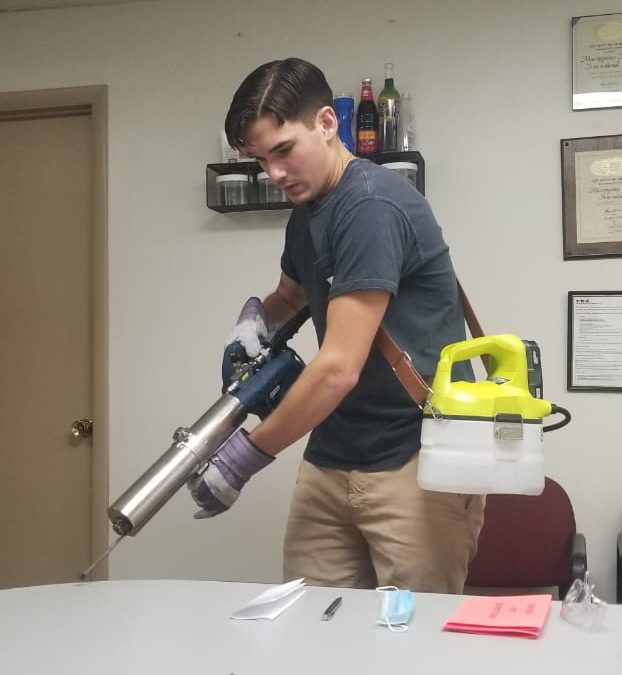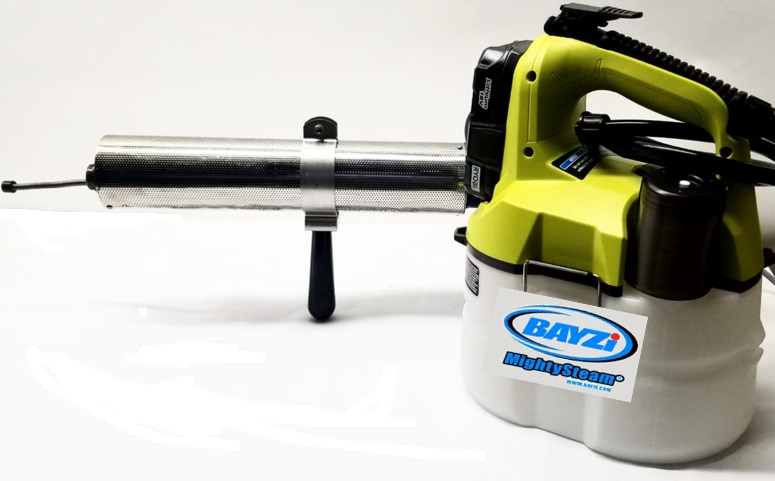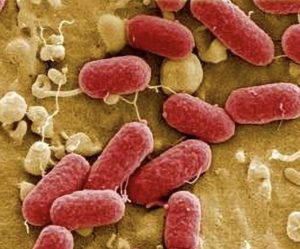
Oct 23, 2020 | News
Researchers from the Technical University of Munich in Germany and the University of Helsinki in Finland led a study that discovered a receptor called neuropilin-1 gives the novel coronavirus a leg-up in infecting our tissues. https://www.sciencealert.com/a-second-key-used-by-sars-cov-2-to-enter-cells-could-explain-why-it-s-so-infectious.
Why is it more infectious to men? Antibodies and Interferons with the X-Chromosome?

Oct 16, 2020 | News
People who were infected actually need to keep future infections of all kinds to a minimum. This appears to be the long Covid problem. See also opportunistic pathogens/infections.
https://www.aol.com/article/news/2020/10/15/long-covid-may-affect-multiple-parts-of-body-and-mind-doctors-say/24651271/?.tsrc=bell-brknews
Bayzi Corporation introduces the SaniZap®-mini for home use (B to C products 110V).
SaniZap-mini.
What are the geopolitics of vaccine distribution- one view -December 2020
Oct 4, 2020 | News
Please use the ATP test over uncontrolled UV tests for measuring the hygienic quality of a surface. Click to – “How does one measure the hygienic quality or cleanliness of a surface or object. What does clean mean”.
UV light can be used for a multitude of purposes. The less intense (lower frequency UV can be used as a diagnostic tool). More intense energy UV radiation (high frequency UV) can be used to alter bacteria. The three main types of UV rays are UVA, UVB, and UVC. Because UVC rays have the shortest wavelength, and therefore highest energy, they are capable of killing bacteria and viruses, also called pathogens. UVC light has a wavelength of between 200 and 400 nanometers (nm). It is highly effective at decontamination because it destroys the molecular bonds that hold together the DNA of viruses and bacteria, including “superbugs,” which have developed a stronger resistance to antibiotics. But UVC can quickly impact and effect human skin and other tissues.
Are there cheap UV tests to view bacterial contamination? Yes if the bacteria (like the coliform bacterium) can fluoresce or be made to fluoresce – but such tests are not universal or reliable indicator of Bacterial Contamination?
Many natural substances do glow under UV: semen, urine, mineral oil, earwax, perspiration. Pest control companies use UV light to detect rat feces and urine which also fluoresce under UV. Some bugs can be detected. Cells can be stained (decorated) with salts or reagents like tetrazolium chloride (CTC) and salts.

Fecal Coliform Bacteria:: Source https://www.caryinstitute.org/eco-inquiry/hudson-data-jam-competition/datasets/fecal-coliform-bacteria-oxygen-levels-manhattan
For UV fluorescence radiation must be absorbed at a certain wavelength and reemitted at another (visible wavelength). A recent study swabbed a number of surfaces in critical healthcare situations and looked at levels of bacterial contamination of surfaces that fluoresced under UV versus those that didn’t https://rectofossal.com/bacteria-glow-dark/. “.. colony densities were significantly higher in non-fluorescing areas versus fluorescing areas! It was also found that the color of fluorescence may determine the level of sanitation necessary to properly clean a room. Therefore one cannot argue the fact that surfaces that do not fluoresce under UV are clean or free of bacterial contamination i.e. lack of fluorescence is not indicative of the absence of bacterial contamination.” Fluorescence is diagnostic technique – bacteria can also be stained or genetically engineered so they will fluoresce. Fluorescent biomolecules such as flavins and the amino acid tryptophan do exhibit fluorescence. These are often present in bacteria and other living cells but fluorescence is very specific: a particular molecule will absorb at a particular wavelength and re-emit at another, specific wavelength – molecules like tryptophan if buried in a cell or its membrane might not show adequate fluorescence to be noticed at least without sensitive sensors.
Riboflavin (Vitamin B2) reliably emits at a bright green 560nm when exposed to a broad spectrum of UV and bacteria are rather partial to flavins – as are we all: they are essential for metabolism. This is the molecule most UV systems easily detect.
What about UV to kill bacteria: We do not recommend it. Intense high frequency UV radiation can kill bacteria, but it can cause skin and other cancers.
Oct 1, 2020 | News
How to compare biocides and other disinfecting chemicals
http://www7.nau.edu/itep/main/HazSubMap/docs/HHWaste/DisinfectantsComparisonChart.pdf
More Items:
- Reduction in the microbial load on high-touch surfaces in hospital rooms by treatment with a portable saturated steam vapor disinfection system by Sexton, Jonathan D., MS; Tanner, Benjamin D., PhD; Maxwell, Sheri L., BS; More…AJIC: American Journal of Infection Control, 2011, Volume 39, Issue 8
- Modern technologies for improving cleaning and disinfection of environmental surfaces in hospitals by Boyce, John M, Antimicrobial resistance & infection control, 2016, Volume 5, Issue 1
- High-touch surfaces: microbial neighbours at hand by Cobrado, L; Silva-Dias, A; Azevedo, M M; More,…European Journal of Clinical Microbiology & Infectious Diseases, 11/2017, Volume 36, Issue 11
- Cleaning & Disinfecting: Assessment of Steam as a Potential Alternative to Bleach by Tenaglia, Kathleen A., Thesis 2020, Department of public health, University of Massachusetts Lowell
- …………See other Bayzi news posts below for additional titles
Sep 30, 2020 | News
Coronavirus spike proteins change shape into 10 different shapes to invade cells.
The spikes morph into at least 10 different shapes, according to a new study. The authors classify ten different molecular species including the unbound, closed spike trimer. Read more ….Source Benton, D.J., Wrobel, A.G., Xu, P. et al. Receptor binding and priming of the spike protein of SARS-CoV-2 for membrane fusion. Nature (2020).




